- News
- Reviews
- Bikes
- Components
- Bar tape & grips
- Bottom brackets
- Brake & gear cables
- Brake & STI levers
- Brake pads & spares
- Brakes
- Cassettes & freewheels
- Chains
- Chainsets & chainrings
- Derailleurs - front
- Derailleurs - rear
- Forks
- Gear levers & shifters
- Groupsets
- Handlebars & extensions
- Headsets
- Hubs
- Inner tubes
- Pedals
- Quick releases & skewers
- Saddles
- Seatposts
- Stems
- Wheels
- Tyres
- Tubeless valves
- Accessories
- Accessories - misc
- Computer mounts
- Bags
- Bar ends
- Bike bags & cases
- Bottle cages
- Bottles
- Cameras
- Car racks
- Child seats
- Computers
- Glasses
- GPS units
- Helmets
- Lights - front
- Lights - rear
- Lights - sets
- Locks
- Mirrors
- Mudguards
- Racks
- Pumps & CO2 inflators
- Puncture kits
- Reflectives
- Smart watches
- Stands and racks
- Trailers
- Clothing
- Health, fitness and nutrition
- Tools and workshop
- Miscellaneous
- Buyers Guides
- Features
- Forum
- Recommends
- Podcast
review
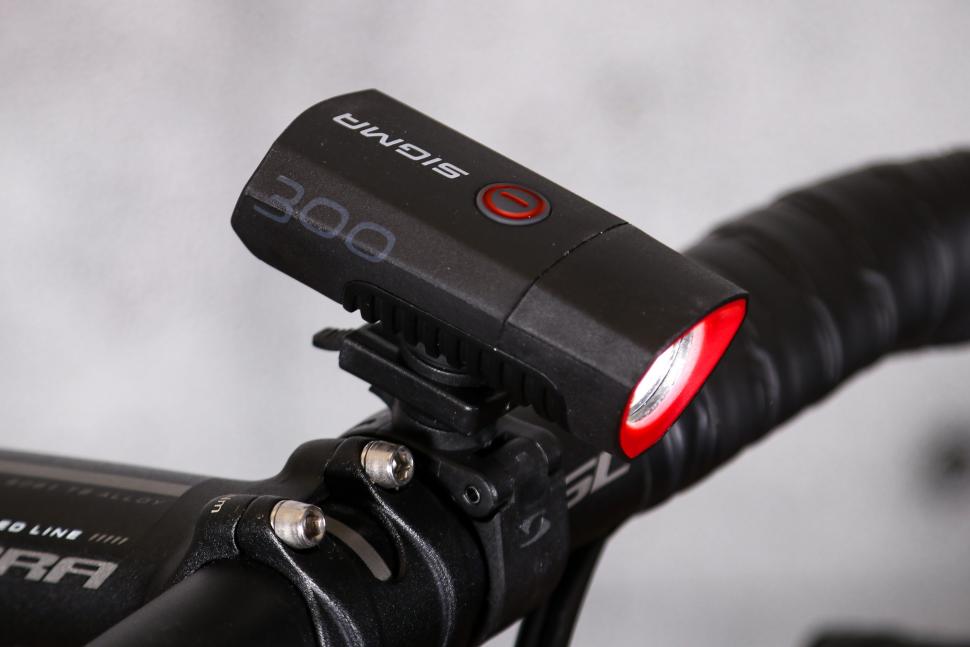 2021 Sigma Buster 300 Headlight.jpg
2021 Sigma Buster 300 Headlight.jpg£35.99
VERDICT:
Robust and easy-to-use light that does away with scrolling through modes to get to full beam, but short run-time in high
Well made
Easy to use
Secure mount
Direct switch to full beam
Short run-time in Power mode
Pricey
Weight:
115g
Contact:
At road.cc every product is thoroughly tested for as long as it takes to get a proper insight into how well it works. Our reviewers are experienced cyclists that we trust to be objective. While we strive to ensure that opinions expressed are backed up by facts, reviews are by their nature an informed opinion, not a definitive verdict. We don't intentionally try to break anything (except locks) but we do try to look for weak points in any design. The overall score is not just an average of the other scores: it reflects both a product's function and value – with value determined by how a product compares with items of similar spec, quality, and price.
What the road.cc scores meanGood scores are more common than bad, because fortunately good products are more common than bad.
- Exceptional
- Excellent
- Very Good
- Good
- Quite good
- Average
- Not so good
- Poor
- Bad
- Appalling
The Sigma Buster 300 is a bit more than a 'be seen' light, but doesn't quite have enough oomph to allow you to confidently navigate dark lanes at pace. The beam pattern is pretty basic but the ability to jump straight to full beam without scrolling through other modes is a real plus. Run-time on high is quite short, though, which is a shame.
The Buster 300 is a compact, well-made unit featuring a single Cree LED with a maximum light output of (surprise) 300 lumens and a range of 70 metres.
The aluminium alloy body has a sleek, matt finish and feels solid in the hand. A few drops onto asphalt, from handlebar height, haven't made any dents on it. The underside is ribbed to help with cooling; ribs are intended to dissipate heat more effectively.
> Find your nearest dealer here
The light has an IP44 weatherproof rating, so it can handle water splashes from any direction. I've had no issues, even in heavy rain. I always leave test lights on for bike washing too; there's been plenty of that recently and it's still functioning fine. Ensuring the port cover is securely closed goes without saying.
It has has four different modes – Power, Standard (150 lumens), Eco (70 lumens) and Flash. Claimed run-times for each mode are: 1.5 hours, 3 hours, 6 hours and 13 hours respectively. Actual run times for Standard, Eco and Flash were all within 5% of those claimed, but Power mode was a little 'fussy'; it would run for 65 minutes before switching to Eco, then slowly dimming to nothing (if you didn't interfere, this would run for almost 2 hours). If I gave it a minute or two, I could double-click back into Power and get another 10 to 15 minutes out of it.
The Buster 300 is powered by a 2,000mAh USB rechargeable battery. Sigma claims a three-hour recharge, using the micro USB cable which comes in the box, but I was actually getting it charged in just over two hours, a nice bonus. It can also be recharged while in use, which is great news for anyone relying on battery banks while riding, though the supplied cable may need swapping out for a longer one.
If the battery capacity is below 75%, the LED (in the on/off button) lights up green, and if the capacity is below 25%, it lights up red. The LED remains red during charging, turning green when fully charged.
Controls
The on/off button is easy to locate and operate, even with thick winter gloves. It's switched on with a double-click – great for avoiding accidental 'switch-ons' in a bag. A long press switches it off. A single press, when the light is on, cycles through the four modes.
Sigma has also included a great feature (that I wish more manufacturers should): a double-click in Standard or Eco mode takes you directly to Power, conveniently bypassing Flash when you might need to see exactly where you are going.
Performance
The Buster's beam is quite focused, close to a torch, though not quite as extreme as Knog's Plugger. In Power mode, it's sufficient to navigate lanes that you are familiar with at a decent pace, but I certainly wouldn't be confident riding at much more than 20mph on unfamiliar roads in the dark; potholes and roadside hazards further up the road aren't picked up as they would be by something more powerful.
Standard mode is more than sufficient as a 'be seen' light for urban riding, and Flash mode is excellent for daytime riding.
Given this, I'd say the Buster 300 is good for any commuter living just out of town – a bit of unlit-road riding, plus some time on well-lit roads.
I've used it loads on my winter road bike too, for daytime rides; the flash function is striking enough to get you noticed from a distance, even on a murky day.
Mount
It's possible to get the light with a silicone band mount, but I've been testing the screw-bracket mount. It's tool-free but does take more time than a silicone band, and you need to cut down adjusters to get a snug fit (it can fit 25.4mm to 31.8mm bars). The big plus is stability: there's none of the wobble or vibration that can occur with a silicone band.
The light slides onto the mount and over a ratchet, and takes some force to get it off again. I certainly wouldn't have concerns about it taking a tumble while riding.
I love that the bracket puts the light well proud of the bars too. I could sit it right next to my Garmin without compromise.
The bracket also rotates on a ratchet, through 360 degrees, and Sigma also shows the light under the bar, an option if yours is busy, though you won't notice the battery indicator signalling 'low' here.
An action camera adapter is included in the box, and there's a helmet mount available but not included; Stu tested one with the Buster 700.
Value and conclusion
Compared with similar lights on the cusp of 'be seen by' and 'see with', such as Knog's £36.99 Plugger and Giant's £34.99 Recon HL 350, the Buster 300 seems reasonably priced.
However, there are options available for less that offer more lumens and/or longer run-times, such as Cateye's £29.99 AMPP 400 and Lezyne's Mini Drive 400XL, up £5 since we tested it in 2019.
> Buyer’s Guide: The best 2021/22 front lights for cycling
Overall, the Buster 300 is a sleek design with easy-to-use controls, and I love how it looks and works, especially the raised, sturdy mount and the 'no-scroll' feature. However, the battery life is a bit of a let-down, making it more of a be-seen unit with a good flash function. This then makes it comparable with cheaper lights.
Verdict
Robust and easy-to-use light that does away with scrolling through modes to get to full beam, but short run-time in high
road.cc test report
Make and model: Sigma Buster 300 Headlight
Size tested: 300 Lumens
Tell us what the light is for, and who it's aimed at. What do the manufacturers say about it? How does that compare to your own feelings about it?
Sigma says, 'The BUSTER 300 is the all-rounder for every occasion. With 300 lumens and 70 metres of light range, it gives you the best view of roads and paths. Four light modes and a fade-in and fade-out function ensure that just the right amount of light is always available. With the slider you can easily detach the power light from the holder and quickly attach it again.'
Tell us some more about the technical aspects of the light?
Sigma lists:
360° adjustable bracket
MICRO-USB recharging function
2 stage battery status indicator
Beam range: 70 m
Charge period: 3 h
Four light modes: power mode (300 lm), standard mode (150 lm), eco mode (70 lm), flashing
Burn time: 1,5 h (power mode), 3h (standard mode), 6 h (eco mode), 13 h (flashing)
Weight: 103 g (incl. bracket)
CREE LED
Able to be charged during use
Tool-free mounting
Splash resistant in accordance with IP44
Switch on protection (double click for ON)
Maximum light output: 300 lumens
Rate the light for quality of construction:
9/10
Rate the light for design and ease of use. How simple was the light to use?
9/10
Rate the light for the design and usability of the clamping system/s
8/10
I had the screw bracket on test; it does position the light proud of the bar, which is great, but a silicone band is likely more convenient for switching between bikes.
Rate the light for waterproofing. How did it stand up to the elements?
9/10
Handled some pretty horrific conditions without issue.
Rate the light for battery life. How long did it last? How long did it take to recharge?
6/10
Not a huge amount of life on full beam; great on flash and eco. On paper the charging time is quite long (3hrs), but in reality it was better, taking just over 2hrs.
Rate the light for performance:
7/10
Rate the light for durability:
7/10
Rate the light for weight:
8/10
Rate the light for value:
4/10
It's on a par with comparable lights, but you can get better value elsewhere – longer-running and brighter.
Tell us how the light performed overall when used for its designed purpose
Simple to use and reliable as an urban to suburban light.
Tell us what you particularly liked about the light
Well-made, tidy-looking unit without too many modes.
Tell us what you particularly disliked about the light
Short run-time on full beam.
How does the price compare to that of similar products in the market, including ones recently tested on road.cc?
Comparable to some similarly specced lights, such as Knog's Plugger. But there are higher specced lights for not much more, or even less.
Did you enjoy using the light? Yes
Would you consider buying the light? Not at full price.
Would you recommend the light to a friend? Maybe
Use this box to explain your overall score
There's lots to like about this light: its looks, the sturdy raised mount, the 'no-scroll' feature. However, the duration of the Power mode is a bit of a let-down, making it more of a be-seen unit with a good flash function. This then makes it comparable with some much cheaper lights. Overall, I'd say it's quite good.
About the tester
Age: 42
I usually ride: Road My best bike is: Carbon road.
I've been riding for: Over 20 years I ride: Most days I would class myself as: Expert
I regularly do the following types of riding: commuting, touring, club rides, general fitness riding, Getting to grips with off roading too!
Emma’s first encounters with a road bike were in between swimming and running. Soon after competing for GB in the World Age Group Triathlon Championships in Edmonton in 2001 she saw the light and decided to focus on cycling.
After a couple of half decent UK road seasons racing for Leisure Lakes, she went out to Belgium to sample the racing there and spent two years with Lotto-Belisol Ladies team, racing alongside the likes of Sara Carrigan, Grace Verbeke, Rochelle Gilmore and Lizzie Deignan. Emma moved from Lotto-Belisol to Dutch team Redsun, then a new Belgian team of primarily developing riders, where there was less pressure, an opportunity to share her experience and help build a whole new team; a nice way to spend her final years of professional racing.
Since retiring Emma has returned to teaching. When not coercing kids to do maths, she is invariably out on two wheels. In addition to the daily commute, Emma still enjoys getting out on her road bike and having her legs ripped off on the local club rides and chain gangs. She has also developed an addiction to touring, with destinations including Iceland, Georgia and Albania, to mention just a few. There have also been rare sightings of Emma off-road on a mountain bike…





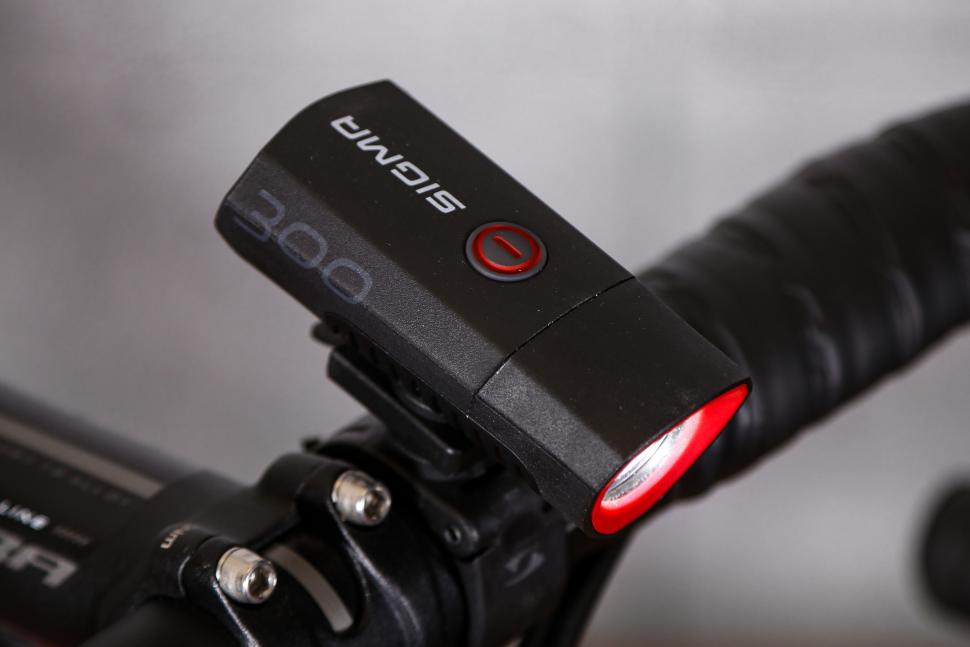
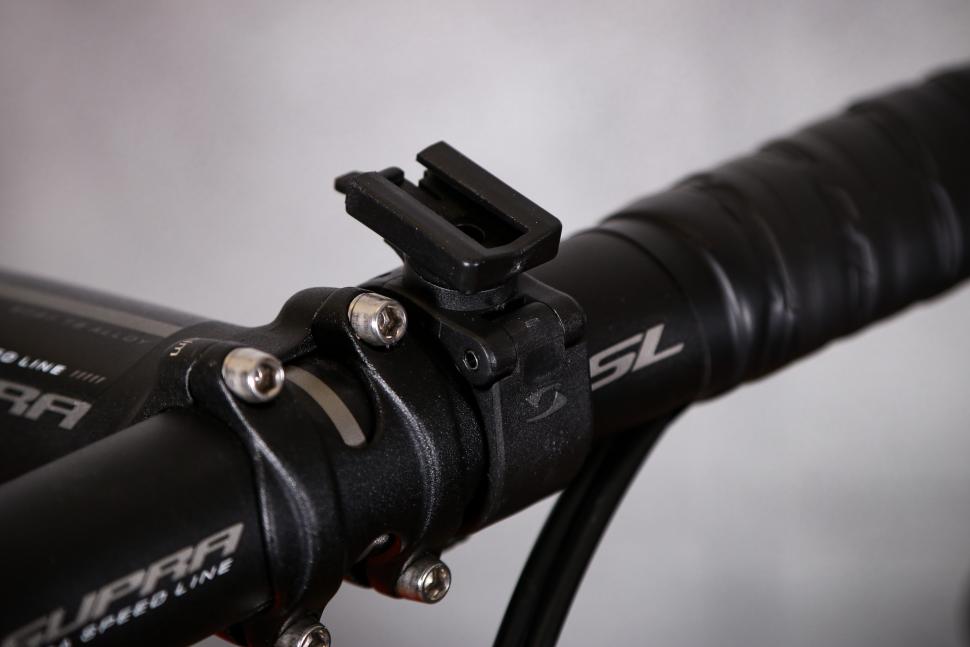
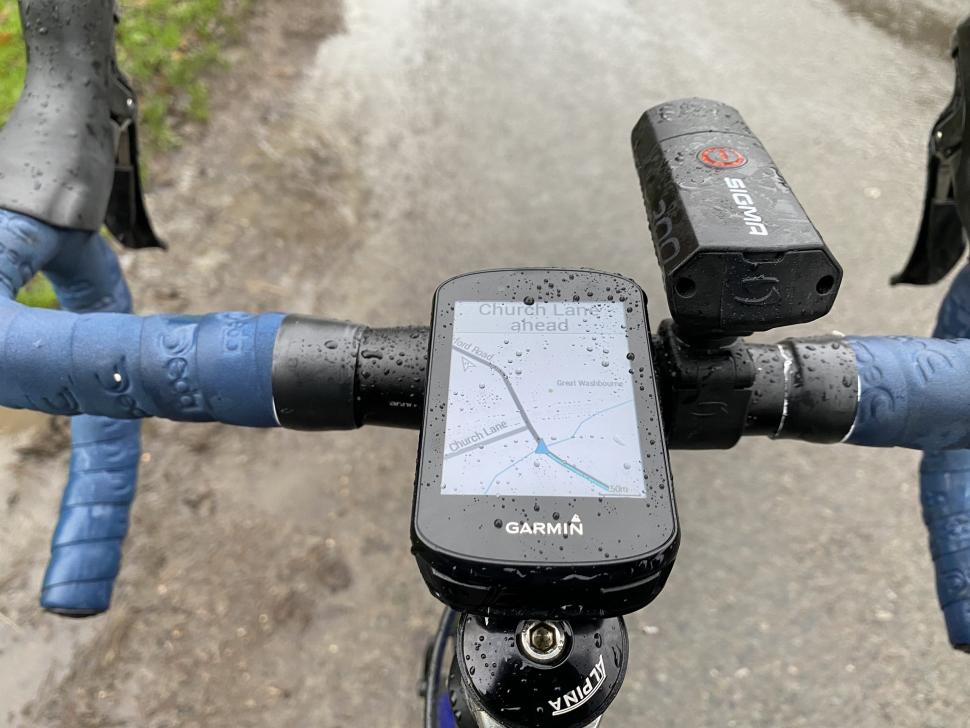

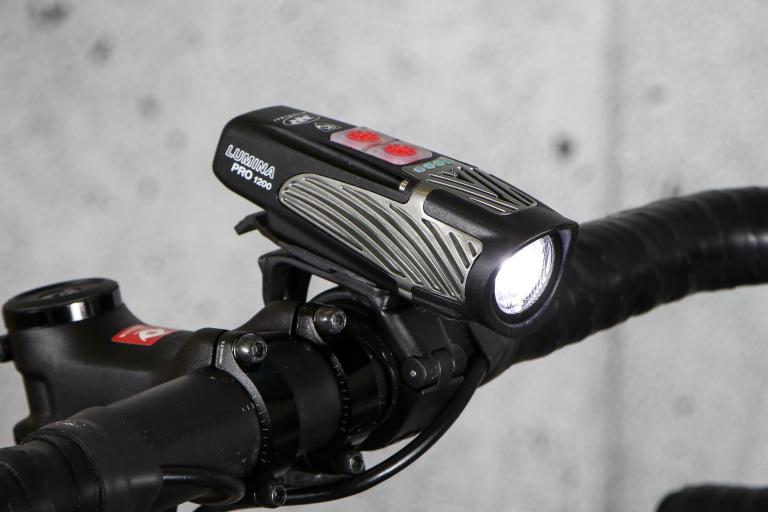

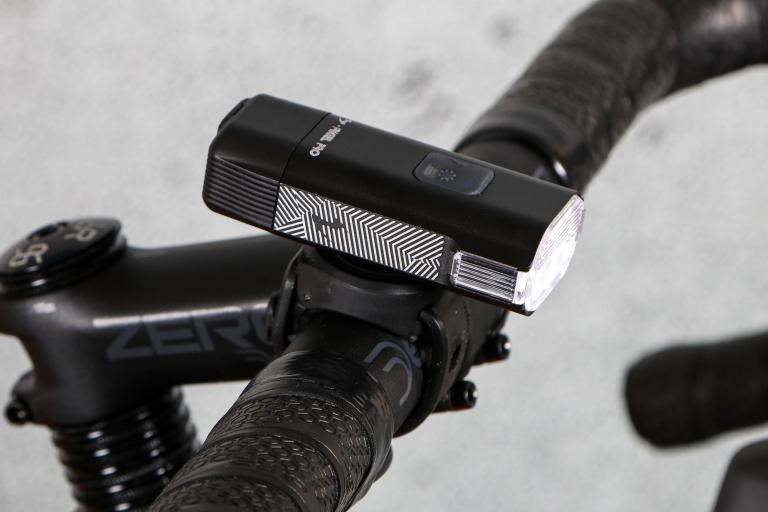
Very parochially, I've still not forgiven Pearson's for abandoning their roots by leaving Sutton.
Warner Bros makes 8 year term agreement... withdraws after 4 taking the whole thing down....
If he has a birthday coming up…
That may well be so but in this specific case following the link to the article the first paragraph states "A "devastated" owner of a bike shop in...
Kind of like the idea but feel it is getting a bit too much into "Enemy of the State"...
At that weight a lot of care must have (hopefully) been taken to make sure the metal is thick enough where it needs to be e.g. where the seatstays...
ALAS!...
Just go to Aliexpress and buy your electric pump from there from a middleman who is much closer to the factory, and charges a noticably lower markup.
Sorry to hear this, it could be due to a diesel spill. I sometime see vehicles that have been filled to the brim and then it as it turns a corner...
I am not as confident as you on this one. At best ... I hope it would not be counter-productive....